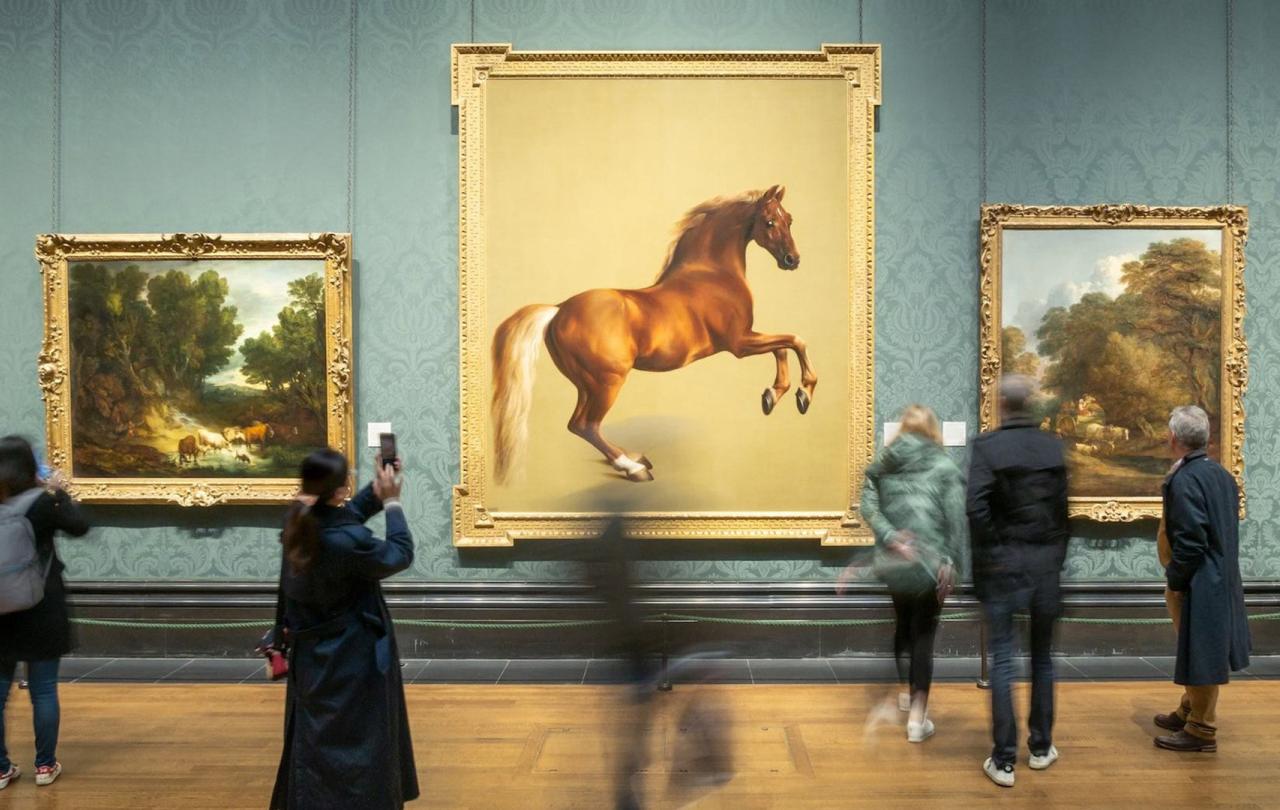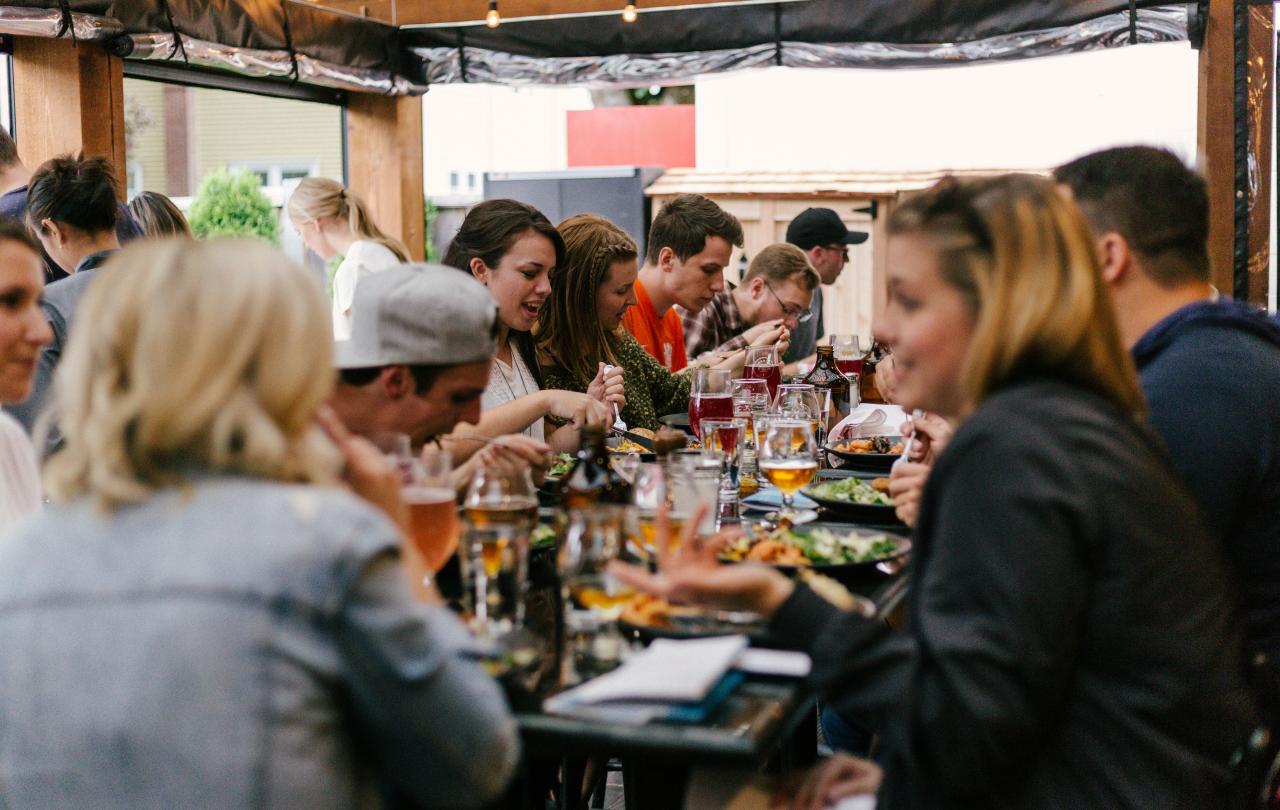In my favourite local cafe, I pause mid-step to take a sip of the coffee I’ve just ordered. Setting it down on a table, I slide into my seat and turn my attention to the music playing over the speakers. It’s always good in here. It’s one of the reasons I like this place; they sell records and coffee here. Music is their ‘thing’, and it’s been my ‘thing’ too, ever since I was a young teenager. I’ll often chat about it with the baristas. And in the time it takes them to make me a flat white, we have exchanged news of recent and upcoming gigs, favourite artists, plus recommendations for new (and old) music we’re listening to. I don’t just enjoy coming here, I somehow feel that I belong.
Today though, the young barista on duty is engaged in a conversation about football with an older customer seated across the counter. The former is in his early 20s, and the latter - I guess - is in his late forties. They animatedly discuss their favourite soccer team. This includes the ins-and-outs of ownership and management, the players’ highs and lows this season, and reliving moments of impressive skill. I tune in and out, much like I do with the music in the background.
And so it is that this West London cafe is a Third Place. Of the three Places in society (identified by urban sociologist, Ray Oldenburg in his 1989 book The Great Good Place), it is Third Places that hold unique potential for finding connection, and even belonging. Removed from the first and second places of Home and Work; Third Places relieve us of the agendas that come with domestic and professional responsibilities. They separate us - for a while at least - from the concerns of daily life. In local parks, theatres, cafes, gyms, comedy clubs, music venues, book bars, volunteer groups, churches, pubs and more, we can find common ground with one another. A corner of our city or town where we can forge social connections, meet people and have meaningful conversations which cut across generations and other demographies. Here we can often find the connection and belonging that might otherwise elude us.
The internet, and social media, held out this promise too - of being a genuine Third Place. But despite our reliance on it, it hasn’t delivered. A Financial Times report published in early October revealed that social media use peaked in 2022, and has since declined globally by 10%. In an instagram video, Jordan Schwartzenberger, a 27-year-old business influencer and Forbes 30 Under 30, commented that: “it tracks with what we’re all feeling”. He lamented that social media was always meant to be about social connection, but instead it has shifted towards hyper-personalisation and content. We are subject to its algorithms which not only silo us but confine us to our individual feeds. Platforms are now geared to keeping us blinkered and scrolling, as they monetise our attention through advertising. Add to that their ‘enshittification’ thanks to the ubiquity of AI, and you have a recipe which has “nuked the authenticity of the internet”.
Nowhere more has this lack of authenticity been felt than by Generation Z. For those aged 13-28, our digital world is the only world they know, and they’re already tiring of it. As a result, more and more are logging off - craving in-person experiences instead of digital ones. And choosing to swap the dopamine hit of endless scrolling for the oxytocin of real social connection.
The rising cost of living, general retreat into online spaces and COVID closures means that there are fewer Third Places to go. But Gen Z is re-pioneering them. As a result, Third Places are evolving - there’s been a proliferation of in-person experiences as Gen Z head offline to seek out meaningful interactions ‘IRL’. The barrier to entry might not be as low as traditional Third Places, but the principle is the same, to foster socially organic connections in real life.
For example, twenty-somethings in London can take credit for the rebirth of supper clubs as communal dining takes on new meaning, and Sunday mornings are now for curated coffee meet-ups where groups are ‘matched’ according to their interests. Both of these are providing a welcome alternative to dating apps too. Specific offline events favour crafting, book-reading and conversation with attendees putting away their devices for the duration. Meanwhile run-clubs and street-skating groups take to the roads - Third Places in motion. Social media is still used to advertise and bring people together, but the emphasis is on logging off and being present. This search for social connection might explain too, beyond the spiritual enquiry cited by ‘The Quiet Revival’, why so many from Gen Z have been turning up to church. Because we cannot ignore the importance of Place, nor of Presence (whether our own or others’) in creating the meaningful experiences we are seeking. And without this sense of incarnation there is no Christian faith.
The internet, however, is not a place. Something observed by American artist Eleanor Antin, who likened it to “a great void, a black hole”. Since the 1960s, her work has explored history, contemporary culture and identity. Through her multiple ‘selves’ realised in mixed media, she has challenged the idea of having a single, unified ‘self’. For its part - the internet, and especially social media, all too easily enables a fracturing of ‘selfhood’. We are split, divided between our (sometimes multiple) online, and offline selves; both in our attention, and in how we show up. It compromises both our Presence, and the Places we’re in. Who hasn’t sat in a cafe surrounded by people, but been completely absent from it? With fields of vision as narrow as our screens, our loneliness and isolation just increases. This fracturing of self ripples out, into our relationships and society. Our polarisation amplified by what promised to connect us, translating into real world consequences. The death of Charlie Kirk was a case in point. Amongst the diatribe that followed was Utah Governor, Spencer Cox's plea to “log off, turn off, touch grass…”. ‘Touch Grass’ is now, somewhat ironically, an internet meme.
So, if the internet isn’t a place, what is it? Definitions are of a system of interconnected computer networks; endless pathways for the data conjured up and configured onto our screens. But a better definition, existentially at least, is that of being a ‘Non-Place’. French anthropologist Marc Augé invented this idea to explain the systems and conduits which mediate our lives - indivisible from what he termed ‘super-modernity’, part and parcel of our late-stage capitalism. These Non-places - motorways, shopping malls, faceless hotels, force us to conform to their overriding function and purpose. Like products on conveyor belts, we comply. Any interactions we have are mere contractual exchanges. We’re dehumanised. They are everything that Third Places are not.
Third Places, by contrast, are where we can be our most human. Here, we can put our fractured selves back together and be wholly present in them - incarnate - once more. Relating without digital interfaces means we can fully perceive each other and our environments too - using all five of our senses. We were always better at connecting in-person. That is what Gen Z is realising. While Third Places old and new, facilitate this, they really boil down to ‘wherever two or three are gathered’. Any place can become a Third Place if we will be present, turn towards each other, and spark up a conversation. And so it is that our first ever generation of digital natives, might well be the ones to lead us back to places of connection, and belonging, and ultimately back to ourselves.






